Are you sick of your living room’s outdated, lifeless color? We’ve got you covered. Your living room wall space needs to be tastefully decorated with lively colors. If you’ve been considering repainting your living room walls but are hesitant, now is the time to get a pail of paint and some brushes and bring your living room walls to life.

In this article, we’ll show you some painting designs that will transform your living space. Whether you’re looking for a calm and relaxing atmosphere or a trendy and sophisticated look, we have the perfect painting design for you. So get creative and have some fun with your painting project!
Here are 15 painting design ideas to help you breathe new life into your living room walls.
Some of the links below contain affiliate links, which means that at no extra cost to you, I may earn a small commission if you click through and make a purchase. You can read my full disclosure policy here.
1. Don’t be afraid to go for bold bright yellow
Yellow is a warm and cheerful hue that is commonly used in interior design. Yellow color tones are used in color therapy to brighten the mood of people and influence positivity in their everyday lives. However, many people are afraid or hesitant to use the color yellow, especially on their living room walls because the color is too bold and bright, and sometimes, it can appear overwhelming to the eye.
How you use the color yellow can either make or break your interior design composition. Too much yellow can ruin your interior design scheme so use it sparingly. Yellow is one of the most versatile hues, pairing well with white, orange, green, pink, blue, and brown. Choose one or two hues of yellow as accent colors, along with a dark neutral and white for a well-balanced color palette.

2. Do color blocking
Color blocking is defined as the use of relatively big portions of two to three solid colors to make powerful style statements in apparel design. But this particular color technique is also widely integrated into interior design, graphic design, and any other types of visual output.
Color-blocking walls are a great way to use paint to add depth, intrigue, and, of course, color to your house. Different colors allow for a lot of creativity too.
Color blocking, unlike wallpaper, allows you to customize your environment precisely how you want it.
Because you pick every color, shape, and angle, the appearance is always unique and personal. To create powerful focus points, match contrasting colors or hues you wouldn’t ordinarily put together.
Use complementary hues like blue and orange, red and green, and yellow and purple to create a dramatic impact on an accent wall.
If bright colors are too intense for you, choose paint colors in muted tones for a monochromatic effect. If you like bright colors and geometric patterns, this style is a great idea for you!

3. Create an eye-catching Geometric wall art
Geometric wall paintings or murals are seldom seen in a living space but more in children’s bedrooms, nurseries, study rooms, offices, and others. The reason for this is that creating a geometric wall art is challenging and it might be difficult to DIY especially if you don’t have a knack for painting walls or making art.
Selecting the right colors to shade your geometric drawing is one factor that makes this technique extra difficult.
If you pair two colors that don’t blend or match coherently to produce a good visual or graphical output, you’re in big trouble. Your living room might look really unnerving. This wall design is best utilized in contemporary spaces, on a feature wall, to be a modern look and minimalist chic.
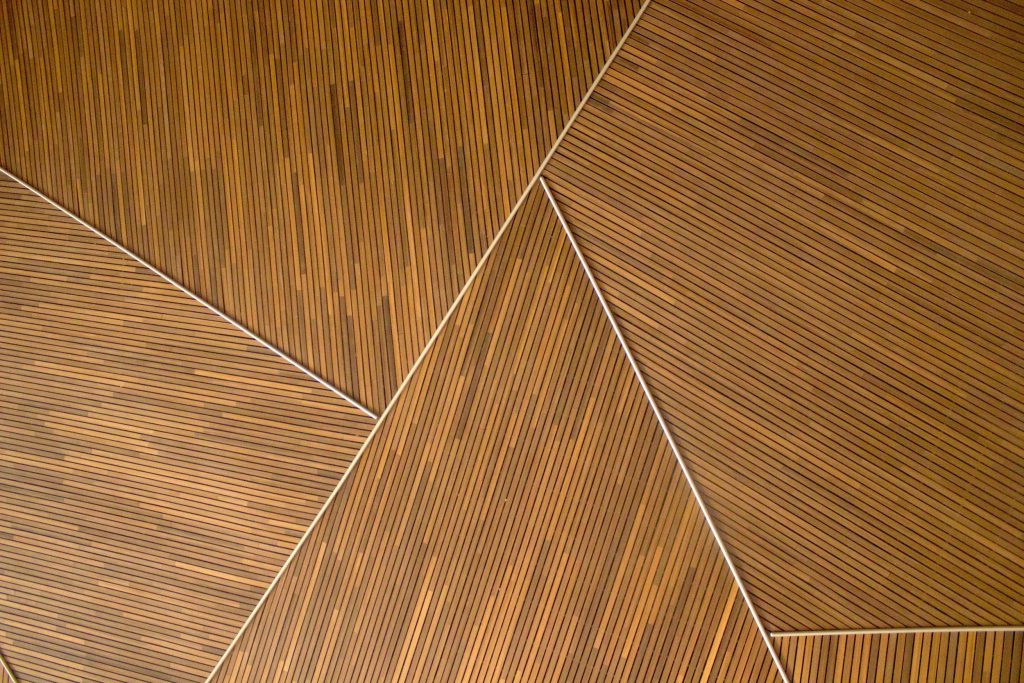
4. Make it unique by painting over a Pop art mural
The Pop Art movement is intended to blur the lines between “high” art and “low” culture by painting or sculpting popular culture objects and celebrities.
One of the most significant qualities of Pop Art is the idea that there is no order of culture and that creativity may take from any source.
Pop art was meant to delight and surprise viewers. Pop art seems distinctive, expressive, contrasted, and brilliant in interior design.
Rainbow colors, bright forms, the usage of plastic, and repeated motifs are all prominent aspects. Pop art can also be an easy way to introduce bold color to a blank wall.

5. Opt for Contrasting colors
Contrast is an important aspect of interior decoration because it gives visual appeal to a room, making it more dynamic and striking.
In a design plan, harmony is crucial, but if there is too much of the same, everything will blend together, leaving you with a bland, monotonous room.
When you combine contrasting textures or colors, visual weight is imparted to the room, making certain areas of your home interiors stand out.
Having two distinct textures that are near to one another is the best way to accomplish it.

6. Choose Abstract
Abstract painting has been a key component of modern art since the early twentieth century. It is a kind of art that is frequently seen to have a moral component, symbolizing characteristics like clarity, minimalism, order, and serenity.
Modern, Retro and Minimalist styles are frequently incorporated into a room look for abstract interior design.
Interior designers might choose to decorate in an Abstract style to help explore space and color in a whole new manner, with an emphasis on distinctive architectural aspects, geometric motifs, and practical components.
Color scheme, pattern, vertical stripes, horizontal stripes, lines, and forms are all highlighted in abstract interior design, which is influenced by abstract art.
This can be an excellent choice to achieve a specific way of creating an overall look and feel to an entire wall.
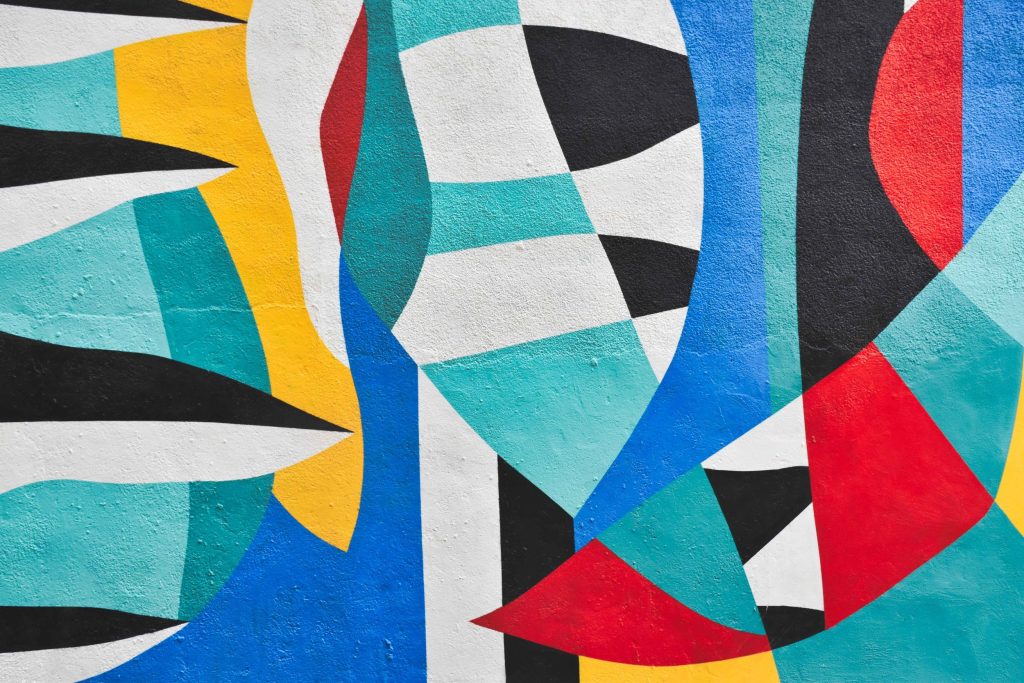
7. Stick to something Minimal
In today’s interior design, minimalism is all about creating a basic place that is free of clutter and exudes serenity and harmony.
The crisp, clean, clutter-free, monochromatic appearance of minimalist interiors make them readily recognizable.
De-cluttering your space may help you clear your thoughts and generate a sense of visual serenity. Some minimalist designs, on the other hand, run the danger of appearing lifeless so don’t forget to inject elements and accent colors that can make your interior still feel warm and homey while being minimalistic.
This is a great choice for a whole wall or for the entire room.
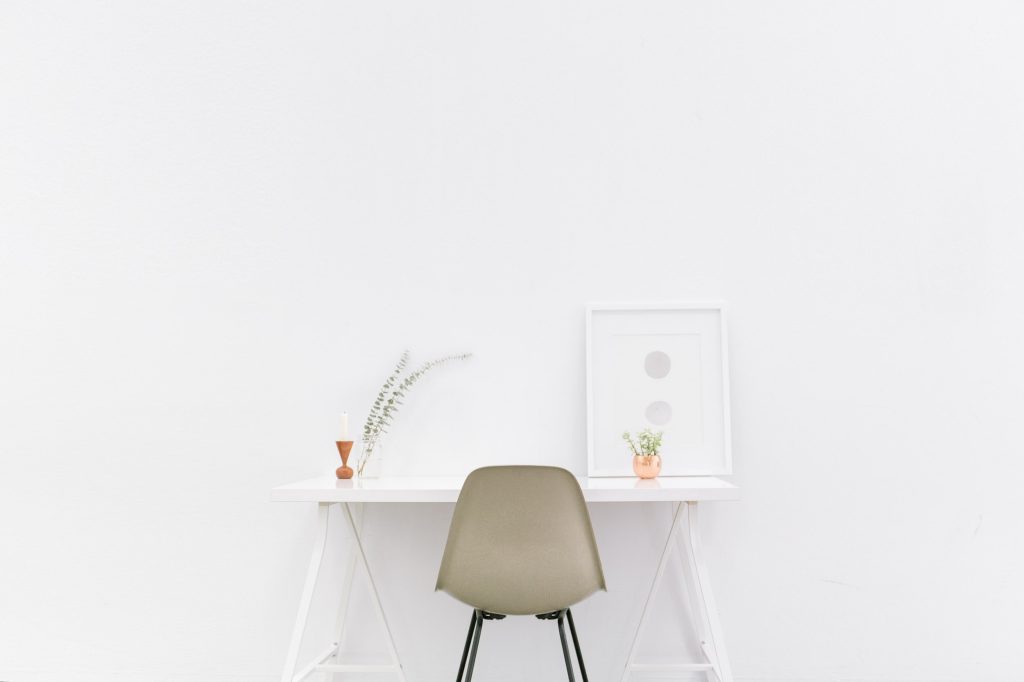
8. Incorporate a classical touch
Classical interior design is a fusion of Greek and Roman styles
This design focuses on perfect harmony, balance, and order. Giving your interiors a classical appearance means returning them to a time when interior designs like Rococo, Victorian, and others were popular.
If you have classical architectural features in the interior of your home, opt for classic colors such as dark shades of blue, red, creamy white, emerald, and others.
Clean lines and forms, as well as the natural architectural aspects of your property, should be highlighted.
Dark green, navy, and black are somewhat traditional wall paints that go nicely with neutrals. Consider purchasing a few vintage items from a thrift store or estate sale as an inexpensive way to complete the look.

9. Go for Modern eclectic
Perhaps the best and the closest definition of a modern eclectic design is the fusion of contemporary elements and traditional to create a maximalist vibe.
There are no strict rules that prohibit designers from choosing different shades of colors when going for the modern eclectic style.
You can paint your white walls with a variety of colors while keeping in mind the principles of color theory, visual balance, and proportion.
You can have a neutral backdrop contrasted by colorful art pieces or opt for the vice versa effect. Select a bright color as the backdrop, and hang abstract or neutral-colored paintings instead.
This simple design can bring a big impact on modern living rooms.
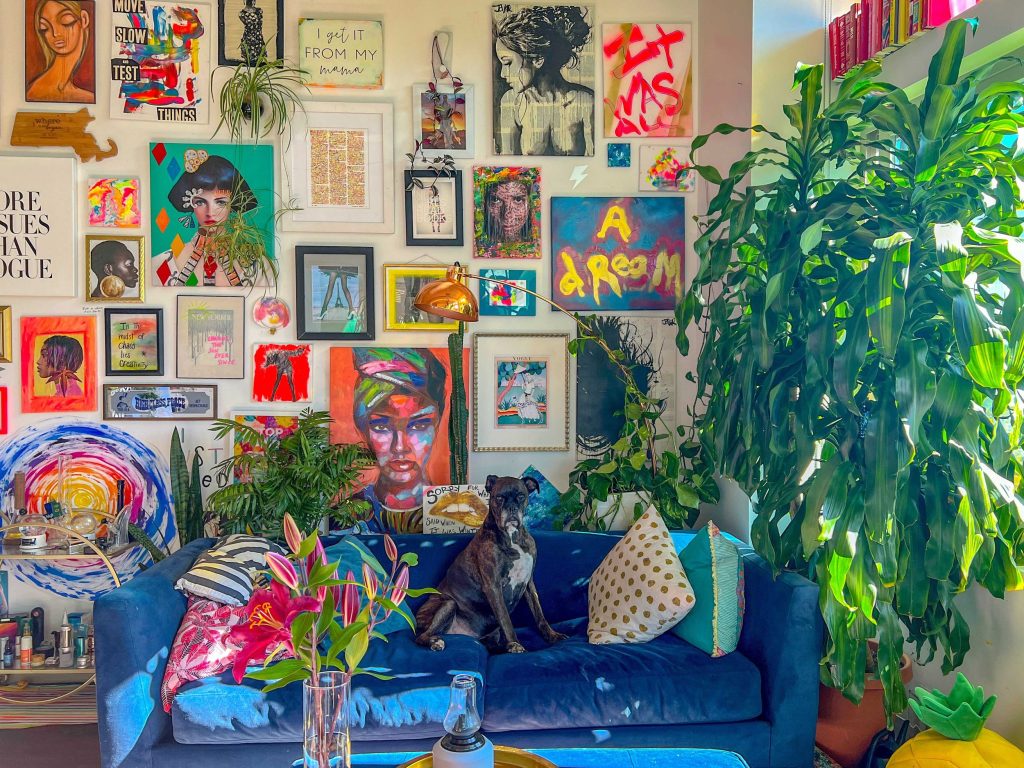
10. Embrace the Tropical vibe
Tropical design is for you if you like large foliage, animal patterns, and vividly colored embellishments. This décor theme does not have to be overdone.
You can maintain the style light and breezy by layering in huge tropical plants, animal print accessories, and bright, natural items that pop.
Many people love to paint tropical elements on their interior walls not only for the visual aesthetic they provide but also because of the symbolism it carries.
Leaves have symbolic meanings in many cultures, but in essence, they represent abundance and growth.
This is currently one of our favorite room design ideas.
Spring and summer green leaves represent optimism, rejuvenation, and revival.
The changing of seasons is symbolized by the brilliant yellow, orange, and crimson leaves of autumn. It’s a unique look that creates an entire ambiance to your living room decor.

11. Create interest with the Ombre effect
The apparent progression from a light to a dark hue, or vice versa, is known as an ombre effect. It is a form of gradient that is distinguished by its light-to-dark nature and is frequently characterized by it’s the aesthetic visual drama it creates in a space.
An ombre wall in interior design is a new style centered on the color shift from dark to light tones. To create an ombre effect, measure three equal parts of your wall and delicately outline them with a pencil. You won’t want to use painter’s tape for this one as it will inhibit the gradient.
The top will be the lighter shade. The darkest color is at the bottom, with the third color in the center
Color choices can range from your favorite colors to bright colors. This simple wall painting design can also brighten up a dining room.

12. Select earthy tones for a calm relaxing feel
Earth tones, with their sociable, appealing atmosphere, are ideal for spaces designed to promote relaxation and a nice, easy-going mood. Because they blend so well, earthy hues are the most gratifying color family to work with.
Grays, browns, and taupe are a few examples of earthy tones.
You can paint your living room walls with these colors to create a sense of nature and make your interior design scheme bound to its context – the surrounding nature. Use shades that complement each other.
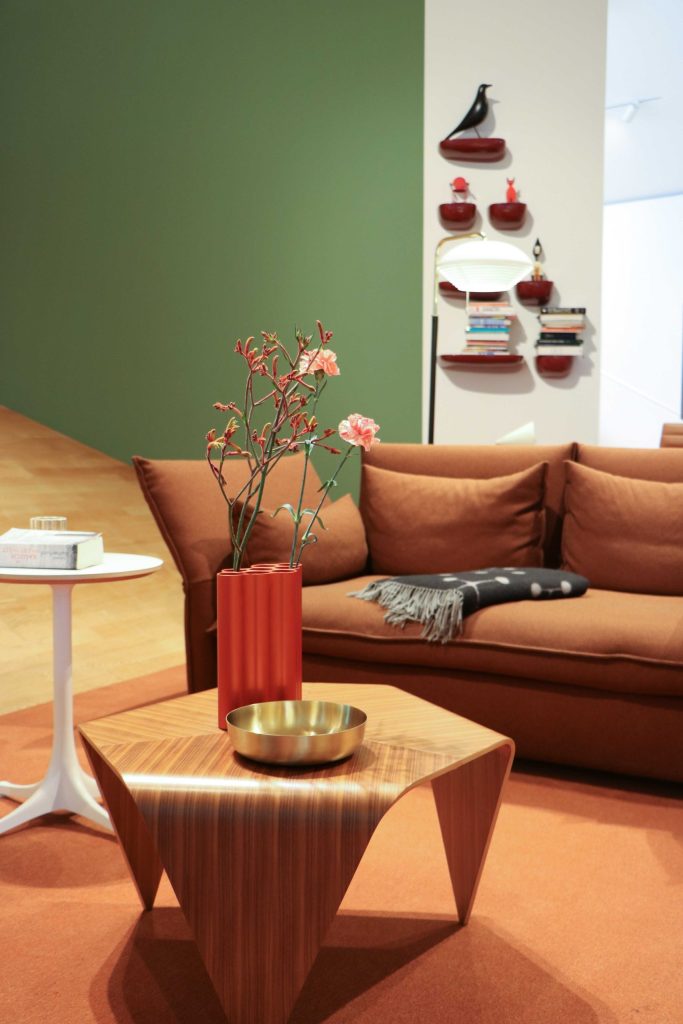
13. Choose the right shade of gray
Light gray might as well be called the ideal neutral. In our humble opinion, it is the perfect choice to paint. A grey wall is naturally able to conjure a very sophisticated look with minimal effort.
It adds just enough color to any area in your home while being light and airy. It’s the perfect pop of color for anybody looking for a classy and trendy color that’s adaptable to any décor style.
What’s truly great about shades of grey is that they can be utilized for both contemporary and traditional spaces.
When paired with the right color, gray can look sleek and sophisticated in a modern home and when accentuated with the right décor and accessories, it can also create a grand opulent look like those you see in Georgian or Neoclassical interiors.
It’s also a wonderful neutral that you can paint your entire house with.
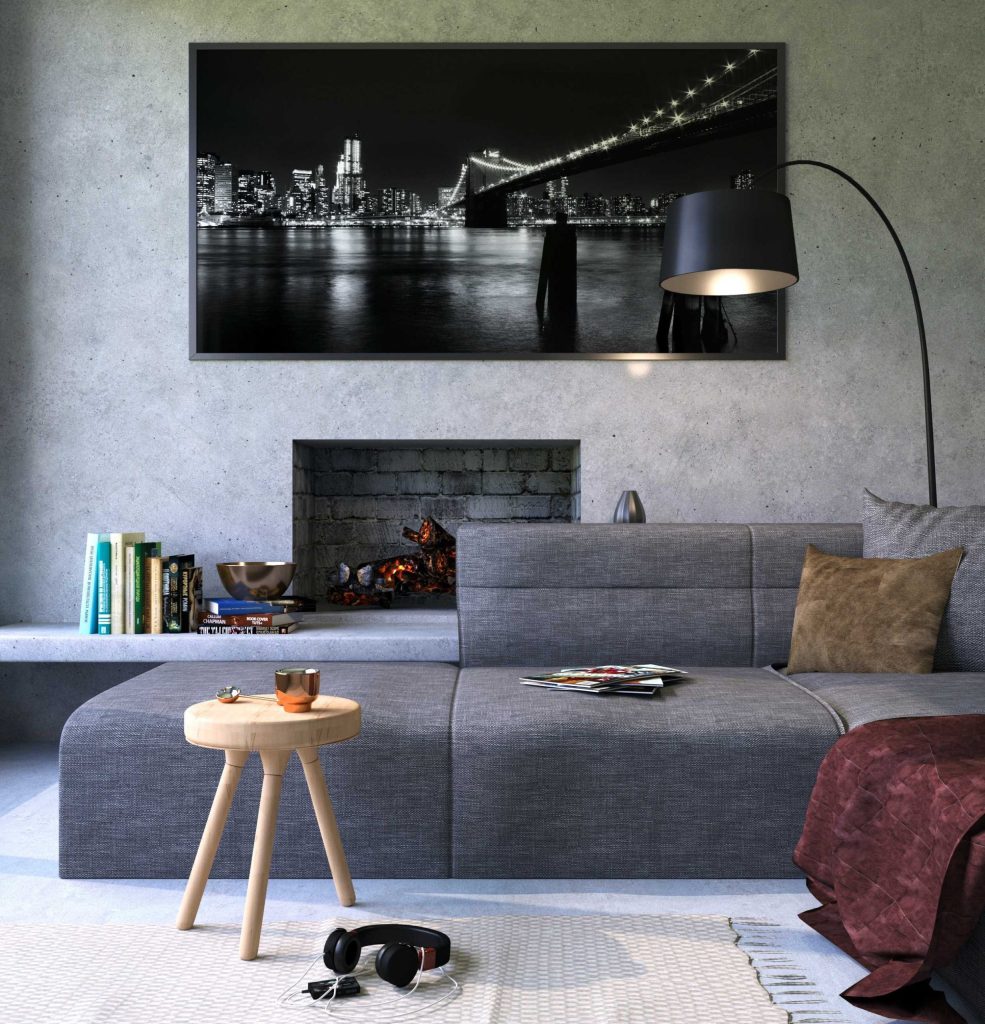
14. Pick Deep blue for a cooler ambiance
Blue works incredibly well in the living room because it has a peaceful, inviting effect and responds well to ambient daylight.
Blues are easy on the eyes and generate a feeling of serenity and well-being in a room. Blue paint is the easiest way to achieve interior design styles like the Hamptons, coastal, and nautical vibe.
Blue is a good idea for you if you want to add a splash of color to your home but don’t want to pick striking colors and very neutral ones. There are shades of blue that is flexible to almost any interior design style so you don’t have to worry about pairing and matching decorations and textiles.

15. You can never go wrong with pale pink
Pink works well in most living spaces.
It’s a terrific color for any room because it’s so adaptable. Rich, intense pinks make a room feel cozier and more inviting, but also darker and smaller; lighter tones can make a small living room look bigger, and maximize space but have a tendency to make the space look colder.
Before deciding on a pink color for your room, it’s critical to experiment with different tones and assess the color’s reaction to natural light.
We all know that natural light has an impact on the color of our living room walls depending on the sun’s position in the sky.
Doing this test will allow you to choose the right shade of pink that’s perfect for your living room space. Nevertheless, if pink is your favorite color, you can definitely paint your living room walls a delicate pink.

These are just a handful of the many design options for transforming boring living room walls into fantastic ones. We hope that this collection has given you some inspiration for wall paint ideas to use in your home.
Get painting and enjoy your new living space!
Other Content from Advice for Millennials
Easy No-DIY Ideas To Upgrade Your Space With These Simple Home Decoration Ideas
37 Succulents Arrangements Decor Ideas That Won’t Suck Your Wallet Dry (See What I Did There?)
5 No Bullshit Decor Tricks to Upgrade Your Space on a Budget
